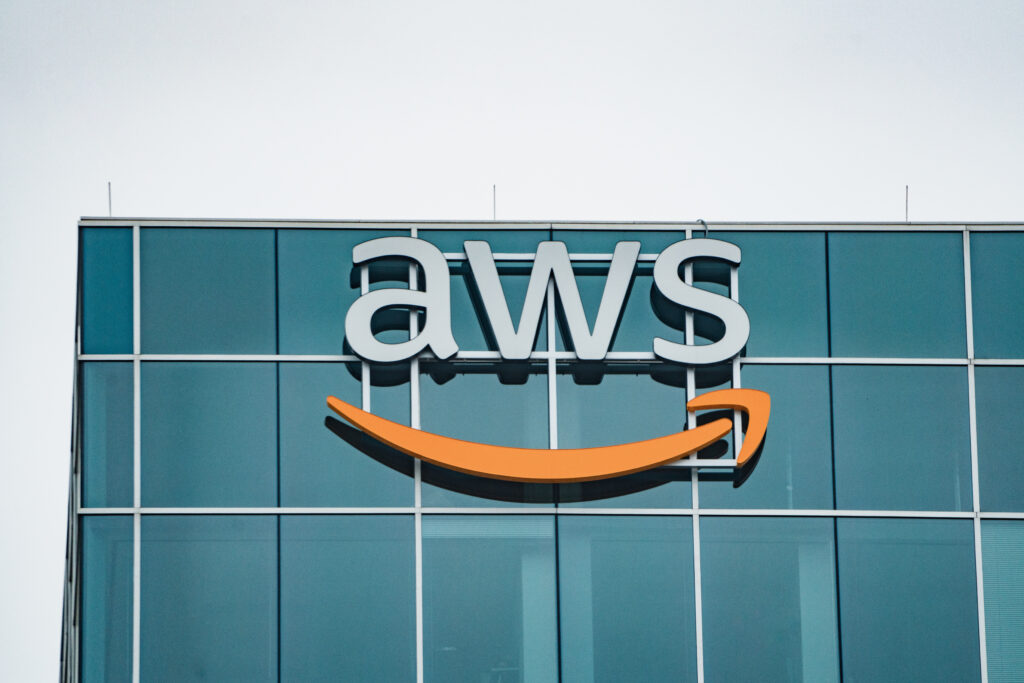The start of the year saw the end of the road for IBM’s healthcare ambitions when Big Blue essentially sold off its Watson Health operation for reportedly more than $1bn.
The healthcare unit, which facilitated medical research and solution making with a proprietary tool powered by artificial intelligence (AI) and IBM’s Watson supercomputer, was beset by troubles for a while. So much so, in fact, that it can be forgiven if AI in healthcare seems like a poor business bet at the moment.
A 2013 venture with MD Anderson Cancer Center to eradicate cancer, for example, promised more than Watson Health could deliver. The project ultimately closed in 2017, but not after a total spend of $62m.
A year later saw an undisclosed number of layoffs at Watson Health with its chief stepping down, as other dissatisfied healthcare providers pulled away from the service.
As of last year, the unit recorded $1bn in annual revenue with no profit, as rumors began that IBM was looking to sell it off in its entirety. In the end, the Armonk, NY based tech stalwart sold off Watson Health’s data and analytics assets to a private equity firm for an undeclared sum. But while the medical tentacle has been put out of its misery, the Watson supercomputer with all its AI power lives on. This isn’t a surprise considering the allure of artificial intelligence to business, but a big question mark hangs over whether healthcare remains a viable target customer for the tech.
“To some, the sell-off of Watson might reinforce the idea that healthcare and technology don’t mix,” says James Withers, head of data science at London healthtech startup Sanome. “I view its failure as a clear signal that advanced technology is difficult to fit into broad offerings and consultancy often cannot bridge the gaps.”
“The smaller scale and tighter focus of start-ups compared to multinational corporations should lead to more successful integrations of artificial intelligence that really work for all the stakeholders involved.”
Withers is, understandably, on the side of the little guy. But all eyes remain on what the big leaguers are doing in the medical space.
Take Microsoft, for example, and its $19.7bn acquisition of Nuance Communications.
The mega-deal sees Microsoft extending its healthcare portfolio through Nuance’s enterprise AI tools that transcribe doctors’ notes, along with customer service calls and voicemails.
More recently, Microsoft announced its healthcare cloud strategy with the general availability of Azure Health Data Services and updates to Microsoft Cloud for Healthcare. Each upgrade comes touting the benefits of AI in healthcare.
“AI is technology’s most important priority and healthcare is its most urgent application,” says Jacob West, director of health and life sciences at Microsoft UK. “The benefits of AI in healthcare are wide-ranging and evolving as new opportunities to improve patient outcomes emerge from Microsoft’s research.
“By augmenting Microsoft Cloud for Healthcare with partner solutions such as the Nuance portfolio, Microsoft can put advanced AI solutions into the hands of healthcare professionals to drive better, faster decision-making, diagnosis and treatment.”
In West’s view, AI can improve patient outcomes and support the work and wellbeing of healthcare professionals. For example, admin tasks can be streamlined, data-entry simplified and repetitive tasks automated.
Analysis from Frost & Sullivan posits AI has the potential to improve outcomes for some medical treatments by 30 to 40 percent and reduce costs by up to 50 percent. This is from research through to diagnosis and then onto treatment.
The numbers seem good, and the company commitment strong (no doubt as IBM’s once was, it may be worth mentioning.)
But what about actual use examples, for example in the UK’s National Health Service (NHS) and its digital system beset by legacy tech? West – and Microsoft – already have the answers.
“The use of AI is growing across the UK. For example at NHS Glasgow & Clyde, AI has been harnessed to remotely spot trends in patients suffering with chronic conditions such as Chronic Obstructive Pulmonary Disease (COPD).
“This has allowed them to transform the planning of their care and reduce unplanned hospital admission for vulnerable patients, by predicting changes in their condition. The trial, with 400 patients, successfully equated to an NHS cost saving of £1.2m per year and could be equally applicable for the treatment of other long-term conditions such as cancer and diabetes.
“Addenbrooke’s Hospital in Cambridge, meanwhile, became the first hospital in the world to pioneer the use of InnerEye, a cutting-edge artificial intelligence technology that could improve survival rates for some cancers.”
InnerEye’s tech, West explains to ERP Today, works by using AI models that leverage the hospital’s own data to automatically highlight tumors and healthy organs on patient scans.
West also mentions Alder Hey Children’s NHS Foundation Trust, a Liverpool institution which has already mastered the Microsoft upgrade through surgical uses of the company’s HoloLens 2 smartglasses.
“At (Alder Hey) modernizing the data and analytics infrastructure has meant they are now able to predict how many patients are at different severity levels, how critically ill they are and how many need admission.
“These insights are used to improve patient care and decrease unnecessary waiting times through more effective capacity management.”
But even with Microsoft’s investment and Oracle’s recent $28.3bn acquisition of health information technology (HIT) giant Cerner Corporation, Sanome’s data head still believes “the application of artificial intelligence to the healthcare industry is a difficult nut to crack.” Watson’s ignominious departure from the healthcare space, in his view, is still too troubling to dispel.
“In the short term it might cause investors to think twice about their position in complex areas such as treatment recommendation,” says Withers. “However, there are plenty of opportunities for technology companies to make a meaningful impact in other areas, especially where innovation is bottlenecked by data or red tape.”
For Withers, the real magic lies in the “open-source revolution” in natural language processing (NLP).
“Over the last decade, these researchers have shared code, datasets and entire models with the worldwide community for mutual benefit. The key challenge for healthcare is respecting the privacy of individuals who are contributing data.
“Significant investment is needed into privacy-preserving technologies as well as crystal clear guidance from organizations such as the UK’s Information Commissioner’s Office (ICO) to establish when data can truly be considered anonymous, and thus ready to share and accelerate development in our industry.”
In other words, it may not be Big Business or enterprise clouds which open up the floodgates for AI in healthcare, but Big Government and open-source freebies from enterprising tech heads.
Either way, a one-size-fits-all approach won’t do if Microsoft wants to avoid a Watson repeat.
“Software must adapt to the people, regulators, clinicians and healthcare systems that it serves,” as Withers warns.






